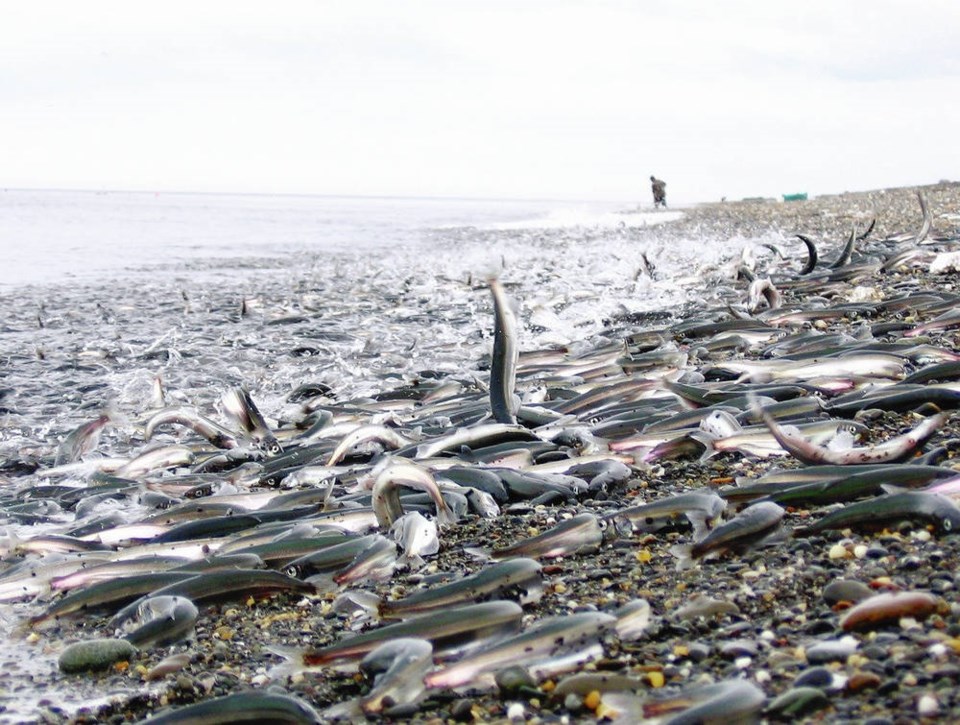In this age of diversity and inclusiveness, it is appropriate to honour a variety of mothers this Mother’s Day (as well as the traditional mother as we know her).
From the east coast of Canada (and the United States), The Atlantic Coast, A Natural History by Harry Thurston (2011, Greystone Books) provides us with the intriguing life of the female lobster, many of whom live in the cold and reddish muddy tides of the Bay of Fundy and if not caught for the dinner table, can live 50 years.
What makes the she lobster so contemporary is that she goes looking for her mate by tapping and poking the tips of her claws into the male abode, and if she finds the lucky catch, she enters, whereupon the male taps his claws as a welcoming gesture (she hopes). This behaviour is known as “boxing.”
It is thought the future husband actually taps her to get a sense of the hardness of her shell and when she may molt, because when she does, the matrimonial action occurs!
She will then lie on her back while the male performs his magnificent gesture. He then protects her until her new shell begins to harden, at which point she bids him good day and seeks solitude in which to lay her eggs in peace.
When I travelled back to Fredericton to visit Mum, we took all sorts of little road trips around the Maritimes, and one place we ventured to often was the eastern shore of New Brunswick. We could usually see Prince Edward Island through a pearly mist across the strait as we drove through the numerous quaint Acadian villages, each with a little white wooden church at its centre.
In one town, Bouctouche, home of the Irving family (Irving Oil – originator of the “Big Stop” gas stations), a lengthy boardwalk had been constructed, winding its way like a snake over the windswept dunes, grasses and beach stretching far out to sea.
There’s a nature centre at the entrance, called the Irving Eco-Centre (everything in the town is Irving Something). Mum and I took this boardwalk stroll on every road trip, stopping to rest on the big solid viewing platforms in the blustery Atlantic air.
The boardwalk is there in part to assist the endangered shore bird the Piping Plover in her quest to construct her annual beach nests without the threat of tromping tourists and beachgoers.
This plucky and persistent little bird has remained on the beaches of Bouctouche year after year, convincing a huge oil company to protect her habitat simply by doing what she was born to do — hatching her eggs on the sands of Bouctouche.
The capelin is a small silvery fish that actually spawns on the beach rather than in the ocean. It prefers a gravel beach, which holds the eggs in place.
The female capelin is guided on shore by her male (sometimes two) companion. There, she quickly spawns “between successive waves” and then makes a rapid retreat back into the sea, where, due to her high oily and fatty content, she will likely be a marine bird’s dinner.
This is a beautiful book and I highly recommend it. It’s slightly perplexing to note that one of the contributors is a Dr. Boris Worm, Head of “the Worm Lab” in Halifax.
A lovely companion book of equal glorious beauty is British Columbia, A Natural History of its Origins, Ecology, and Diversity With a New Look at Climate Change by Richard Cannings and Sydney Cannings (2015, Greystone Books).
In my view, one of the grandest mothers of all time is the Giant Pacific Octopus. Research has shown that they are not only highly intelligent, but very sensitive and affectionate, even offering to “hold and stroke hands” with a human.
The octopus dies following months of caring for her eggs and her lovely elegant but lifeless body often washes up upon the pebbles on the Dallas Road beach, resembling slippery folds of pale pink satin.
We all know the extreme dedication of the female salmon returning to her original birthplace to spawn, battling on her way predators, waterfalls, stagnant pools due to lack of rain, hungry bears and exhaustion (a film that always makes me weepy is BBC’s The Great Salmon Run, narrated by David Attenborough).
In this lovely book, you will read about barnacle sex (their penises are twenty times longer than their body!), “why whirligigs whirl” and how white-faced meadow flies mate in “the wheel position.”
Flora is not dismissed. A very necessary and fertile mother of the forest is the Nurse Log, a decomposing fallen tree or decaying stump, home to billions of microbes, mosses, lichens, germinating seedlings and insect colonies, fungi and woodland growth.
In the name of maternity, whether our mothers go knocking on the doors of strange men, throw themselves upon a beach, stand up to big oil companies or leap a surging waterfall, these books salute motherhood in all its forms and foibles, and the continuation of life on our planet.



